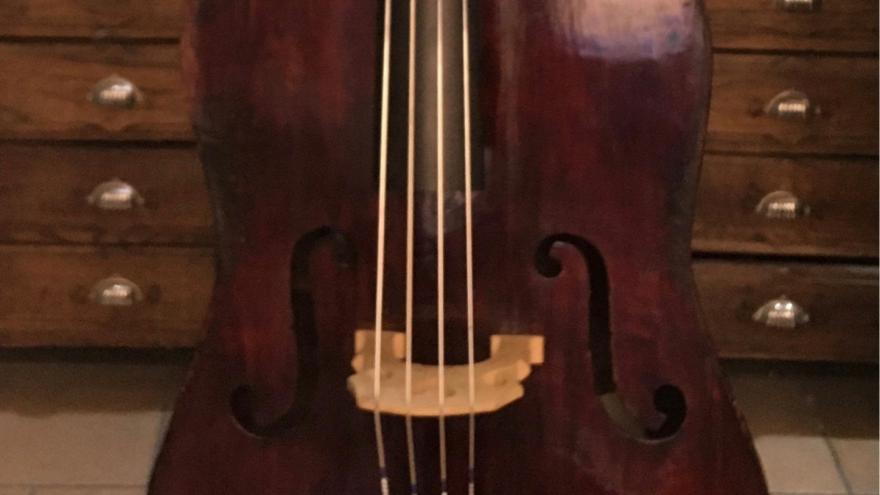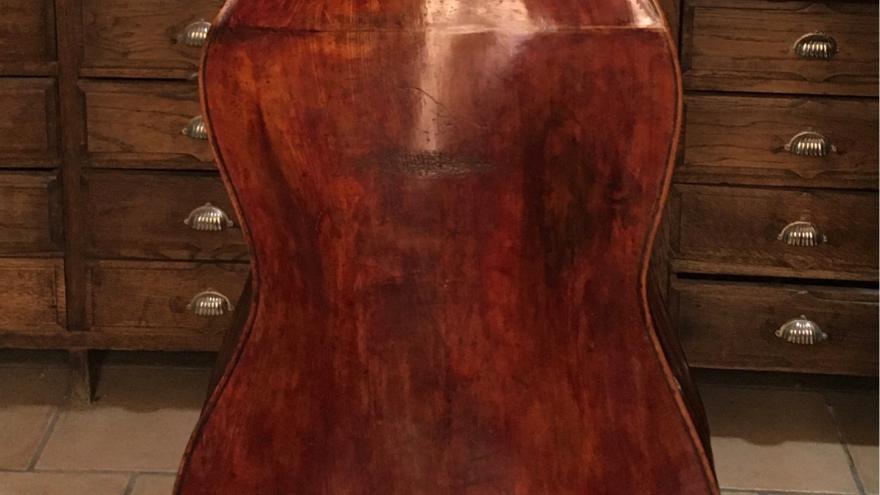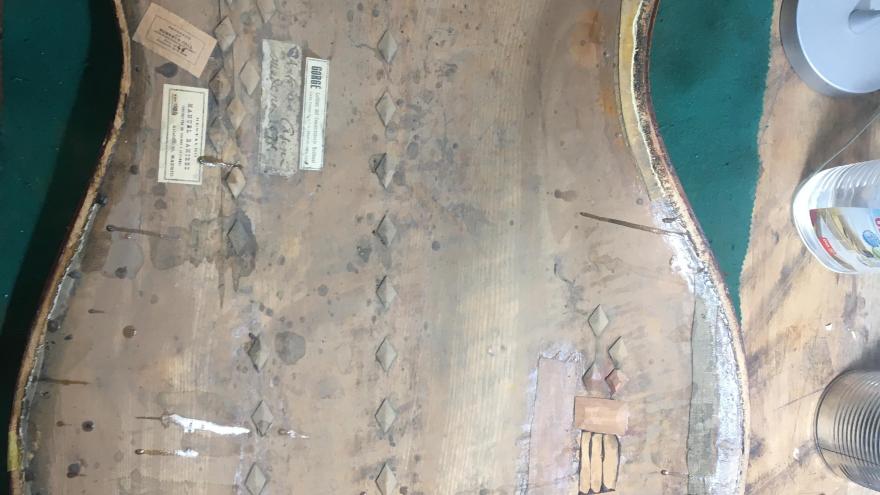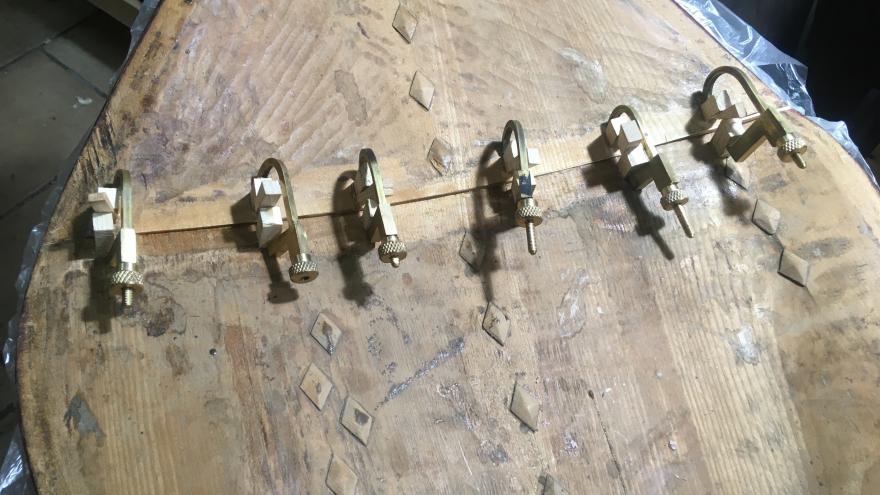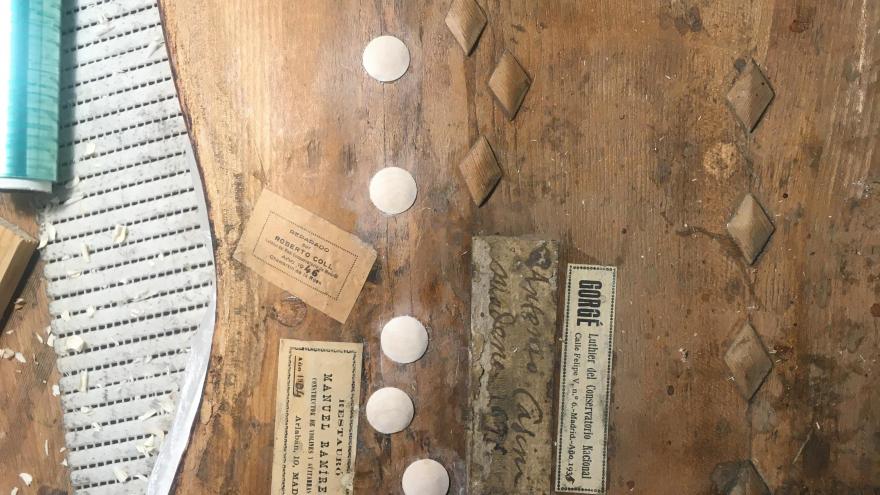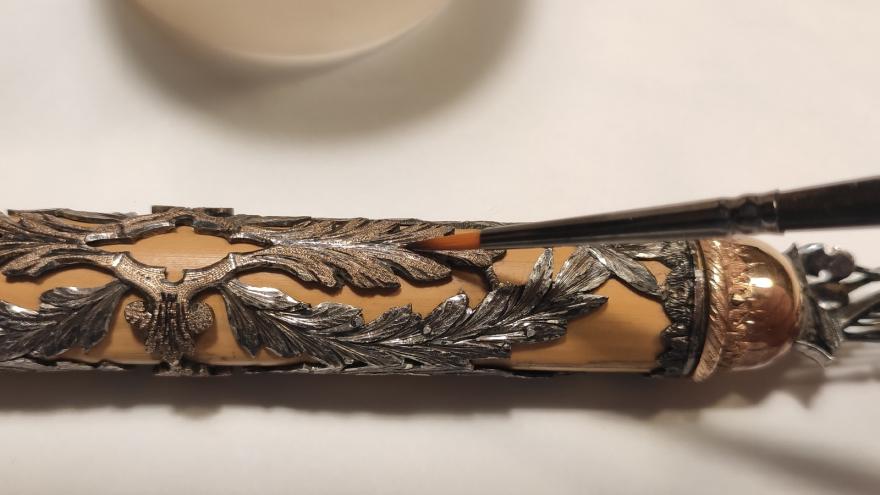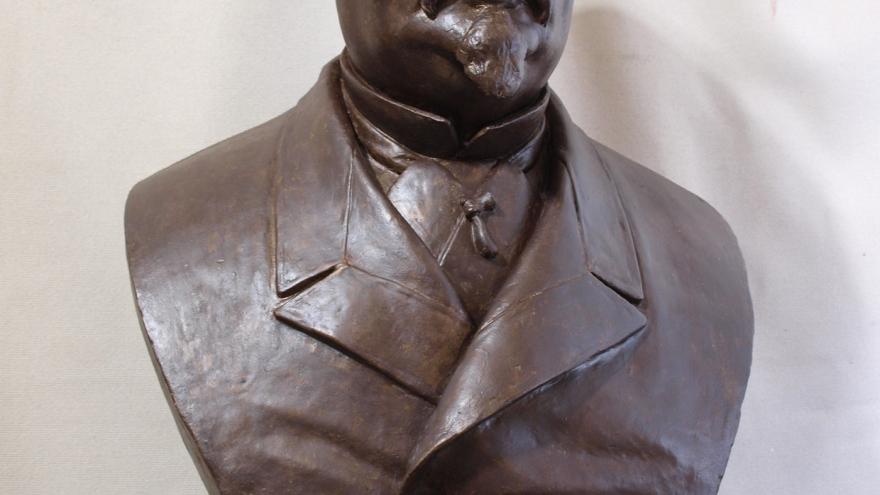

Restoration of Antonio Casini's double bass from the Royal Conservatory of Music
XNUMXth century double bass
The Royal Conservatory of Music of Madrid is the oldest public institution of music education in Spain, which provides higher education in music, equivalent to university education. Its history, lasting a century and a half, is representative of the vicissitudes of music in Spanish society. This center, under the jurisdiction of the Community of Madrid, has a museum that houses collections of Fine Arts along with musical instruments, all of them cultural assets that require conservation and restoration interventions, given the poor state of conservation of some of them.
In 2019, the Community of Madrid began a line of work aimed at conservation and restoration interventions in the collections kept by this center. The objects of these works are not only the sculpture and painting collections, but also the musical instruments that the museum keeps, with the idea of making it possible to always put them into use in a controlled manner. This line of work has continued in 2021, selecting the instruments subject to intervention based on their state of conservation and their possibilities of use.
Antonio Casini's Double Bass
Antonio Casini's double bass, dating from the 1630th century, is part of the collection of ancient instruments of the Royal Conservatory of Music. It is a work of the Modena luthier Antonio Casini (1705-XNUMX). Stylistically it is reminiscent of Giuseppe Guarnieri, with a very characteristic rich varnish. Casini was a luthier at the Ducal Court of Modena where he also made cellos.
The materials used in the construction of the double bass are softwood, maple and ebony and metal.
The double bass has the following characteristics: maple neck and pine soundboard; the filleting does not follow a continuous line, possibly it was reduced; the box with thick and reddish varnish; guitar-shaped box, without cutouts on the sides; very domed bottom and very flat soundboard; the neck does not seem original and the headstock may have originally had three pegs. The back ends, at the top, in a 32 cm flat piece. of length. Vibrating length: 99,1. Number of strings: 4.
Presents the following inscriptions:
- "Antonio Casini / Modena 1696", on a handwritten label
- «RESTORED / MANUEL RAMÍREZ / Violin and guitar maker / Year 1904 Arlabán, 10 MADRID», on a printed label, with 04 mss
- «GORGÉ Luthier del Conservatorio Nacional / Calle Felipe V, nº 6 Madrid Year 1935», on printed label, with 35 mss
- «REPAIRED / by / ROBERTO COLL / Luthier of the Royal Conservatory of Madrid / Year 1946 Chamartín de la Rosa», on a printed label, with 46 mss.
- On the bridge: «R. Coll Bridge. MADRID"
State of conservation
The double bass was in very poor condition. The wood was very dry, cracked, unglued and mechanically unstable. The soundboard was almost completely loose, as was the back cover. The dimensions and weight of the material worsened the state of the instrument. The rings had numerous cracks, some recent. It looks like the double bass was trimmed at some point. The state of the varnish made it difficult to read: it had some losses and was very dirty. Due to the accumulation of traces of varnish, it had lost its transparency and appeared very dark in the folds and recesses.
Inside, the wood was dry and rigid, it was covered by a layer of dust and general dirt, with some thick drops of glue and many vestiges of previous repairs.
Restoration
All the work to be carried out in this instrument has been aimed at achieving the following objectives, listed in order of priority:
- La consolidation of all its parts, using the necessary techniques that ensured the maximum preservation of the originality of the piece.
- La cleaning of the outer paint layer, eliminating those improper alteration products of the passage of time.
- La update or replacement of elements relative to the assembly, in order that the instrument could be used.
All the works were carried out in accordance with the latest intervention protocols in the restoration of musical instruments, as well as what is established by the corresponding laws, as well as in accordance with what is established in the applicable regulations.
The techniques and materials used in the restoration have always respected the historical and artistic integrity of the work.
In the project, all the cracks have been repaired, dubbing where necessary, as well as molds for shaping; total opening of the bottom, cleaning and grouting of the unglued parts, making a partial or total mold of the same, repair and reinforcement on the inside face of the patch. The handle and the rest of the assembly elements have been changed, beater, upper and lower capo, bridge, soul, pike and strings; Elimination of added elements that detracted from the originality of the instrument and did not provide benefits for its stability or resistance, such as the lower panel in the part of the sink. The instrument has been subjected to treatment for the elimination of xylophages and finally the surface and excess varnish have been cleaned.
Specifically, in the restoration the following were carried out: notable actions:
- Anti-woodworm treatment using an anoxia chamber with the addition of inert gas (argon), which lasted for two weeks.
- A plaster cast of the bottom was then made. It was done with the instrument closed, in order to maintain as far as possible the already existing angles of the two pieces in the background. The bottom was opened and the gluing surfaces of the sides and bottom were cleaned. The products found in this area were mainly animal glue and also vinyl and filler. The removal of these products was carried out with mechanical procedures prior to softening with laponite (papette).
- Subsequently, the removal of all the reinforcing elements and the repair of fractures were carried out. It is worth noting the excess glue that exists throughout the interior, on the back and sides, due to the successive re-gluing to which the double bass has been subjected over time. To reinforce the cracks and provide more robustness to the rings, it was decided to glue synthetic fiber strips that do not fade over time.
- The dubbing of the patch area was proceeded. This was done by obtaining a mold from the excavated and cleansed area and subsequent processing and gluing of a piece of wood. A similar technique has been used in the reintegration of the lower edge and other areas of the instrument.
- The cleaning of the pictorial layer was carried out with an aqueous solution and traditional artisan formulation products such as the "straw" were used.
- The elaboration of the different pieces of the assembly and installation of ropes was necessary.
All these performances have made it possible to recover a piece of great historical and musical value.
Initial state
After the intervention


